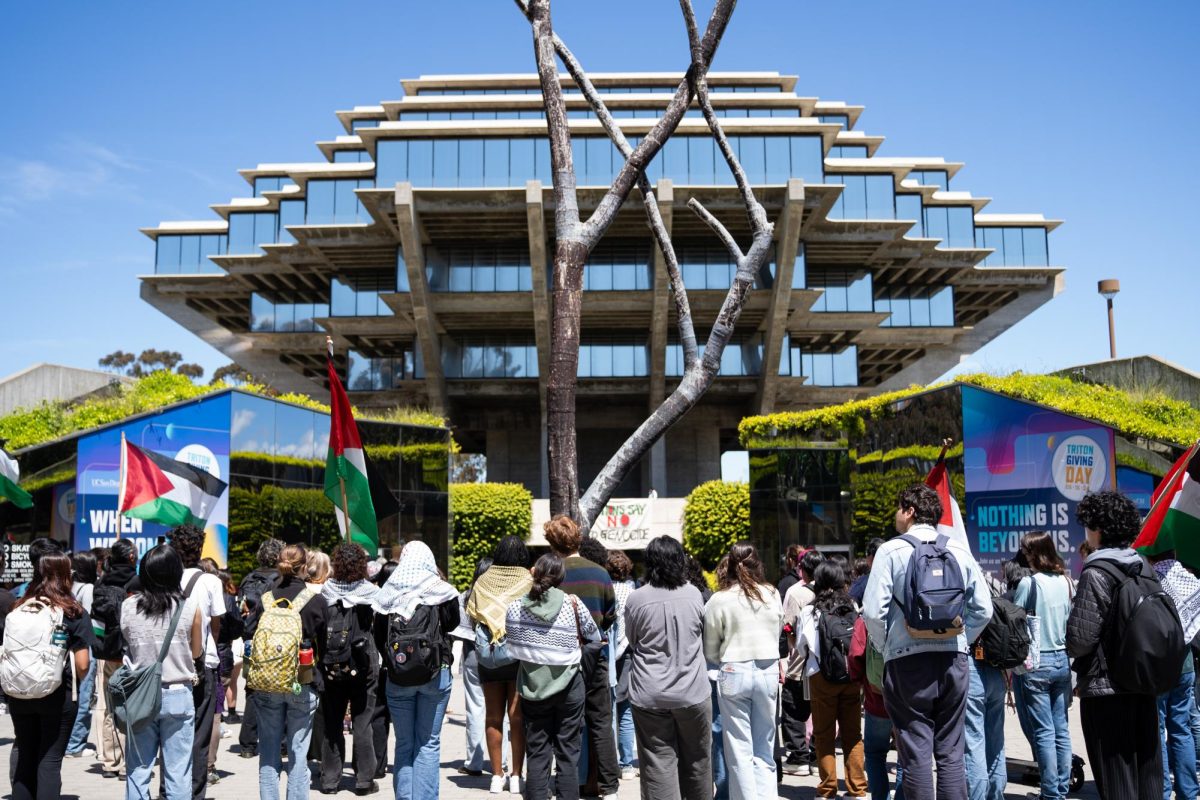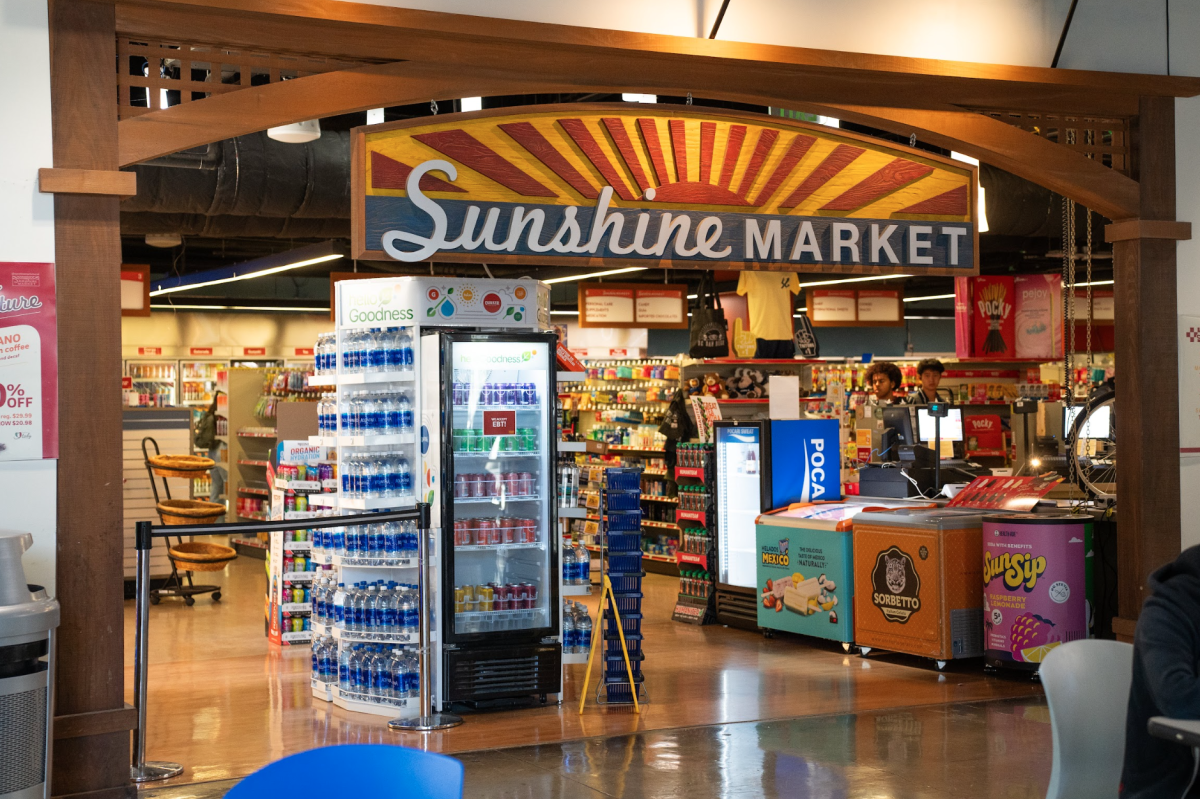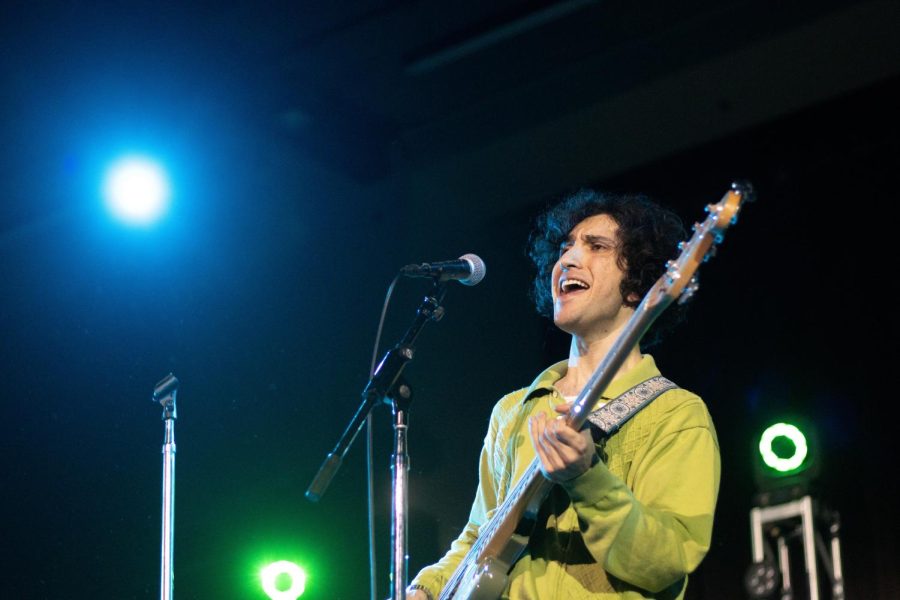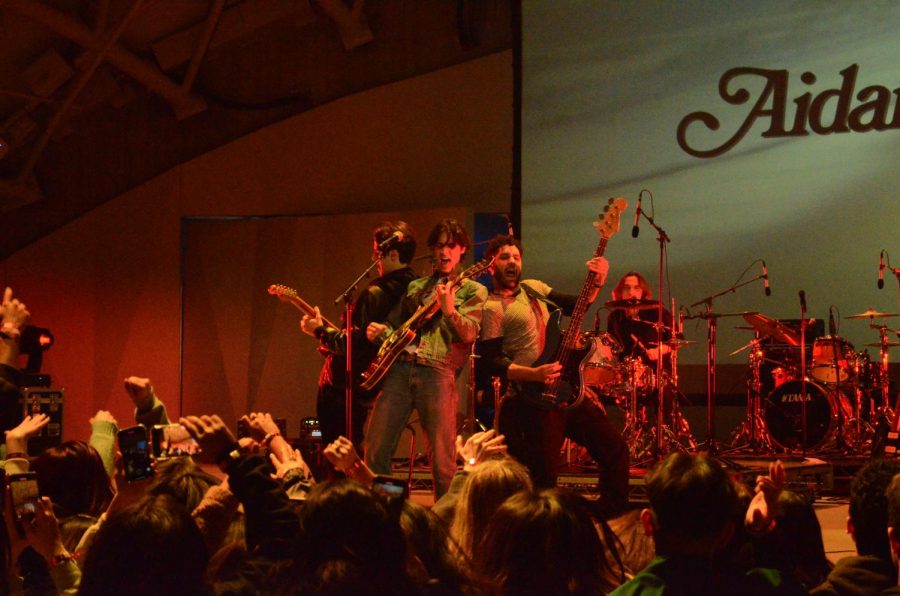Irwin Jacobs, former UCSD engineering professor and CEO of Qualcomm Inc., and his wife Joan Jacobs have announced a $110 million gift to the Jacobs School of Engineering. The gift is in support of the Campaign for UCSD: “”Imagine What’s Next,”” a seven-year fund-raising initiative that began in July 2000 and will conclude in June 2007.
“”It’s a great pleasure to be able to make this type of gift and to kick off or sustain this campaign,”” said Irwin Jacobs. “”I think it’s very, very important to the university, to the Regents, to the state, to the country.””
The Jacobs’ gift will include $10 million payable over the next five years and a planned gift of $100 million, making it the largest gift in UCSD’s history as well as one of the largest gifts ever granted to an engineering school in the nation.
The Jacobs’ current $10 million gift will be used for faculty recruitment and the Jacobs School Scholars and Fellows, a program the couple established in 2000. Sixty percent of the planned $100 million gift will be an unrestricted endowment for the engineering school, 25 percent will be used for the Scholars and Fellows program and the remaining 15 percent is intended for the creation of endowed chairs jointly appointed to the Jacobs School and the new Management School.
“”Irwin and Joan’s generosity will have a profound and long-lasting impact on our engineering program of this university and of San Diego,”” said Freider Seible, dean of the Jacobs School of Engineering. “”They have made an investment in the future that will enable the school to enter the ranks of the top engineering schools in the nation, and to sustain a level of excellence that our students require and deserve.””
The Jacobs’ gift to the school of engineering was announced in conjunction with the official start of the capital campaign’s public phase on March 15. The Campaign for UCSD: “”Imagine What’s Next”” has already raised $445.3 million to date toward its ultimate goal of $1 billion. The campaign is the university’s most ambitious fund-raising effort in history, and UCSD is also the youngest educational institution to pursue a $1 billion campaign. During the “”quiet phase”” of the campaign, over 43,000 gifts were made, with 49 donors making contributions of $1 million or more.
“”This ‘Imagine What’s Next’ campaign will be a benchmark of UCSD’s coming of age as a world-class academic institution,”” said chancellor Robert C. Dynes. “”The private support generated by this campaign will mean that we can leverage our limited public funds … and we can use this private support to achieve new levels of excellence in fulfilling our mission as a public university.””
According to Jim Langley, vice chancellor of external relations, the “”Imagine What’s Next”” campaign was triggered by a need to accommodate campus growth. The student population is expected to grow by about 7,000 students by the end of the decade, which will entail a need for an increase in faculty recruitment and an expansion of student services. Langley noted that about 20 percent of the university’s budget comes from the state, but that this is insufficient to address these new needs.
“”Federal dollars are wonderful for us but they really don’t help us accommodate student growth,”” Langley said. “”If UCSD is to maintain the level of quality that it has enjoyed for its first four decades, we need the private sector to step forward and give us additional support. In turn, what we promised to do is educate more young people, create more jobs for them, create more knowledge that will create new companies.””
Malin Burnham, chairman of The Burnham Companies; John Moores, chairman of JMI Services Inc., and Neon Systems, Inc. and owner of the San Diego Padres Baseball Club; are co-chairmen for the campaign along with Irwin Jacobs. Audrey Geisel, president of Dr. Seuss Enterprises, is the honorary co-chair.
Within the next four and a half years of its public phase, the “”Imagine What’s Next”” campaign will aim to broaden its base of support from the private sector.
“”I remember when UCSD was formed, just 43 years ago, and have eagerly watched the campus rapidly grow into a national leader,”” Burnham said. “”Now the campus challenges us to envision its future impact — to imagine what’s next.””







